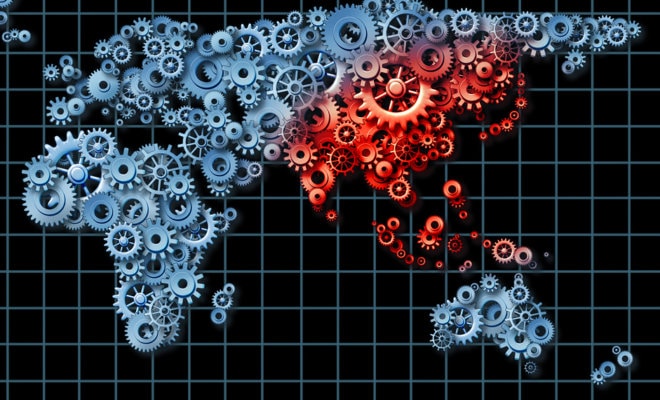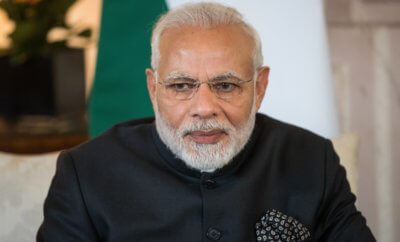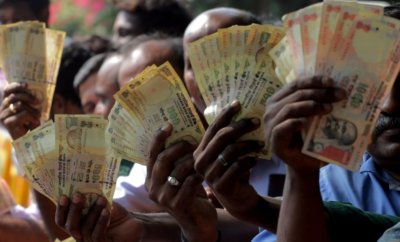India
After a Dip in Growth in 2017, Indian Economy to Recover This Year, Says UN Report

Representational image
Photo: Bigstock
The Economic and Social Survey of Asia and the Pacific report forecasts India’s growth at 7.2 per cent in 2018 and 7.4 per cent in 2019.
Despite the Goods and Services Tax (GST), corporate and balance sheet problems impacting India’s growth negatively in 2017, a gradual recovery of the country’s economy is expected, according to a report released by the United Nations on May 8. The report, titled “Economic and Social Survey of Asia and the Pacific,” by the UN Economic and Social Commission for Asia and Pacific (ESCAP), pegged India’s growth at 7.2 per cent in 2018 and 7.4 per cent in 2019.
While the GST has simplified the tax regime in India, the report puts India as the second most complex tax administration in the Asia-Pacific region, Business Today reported.
India’s Gross Domestic Product (GDP) was at 6.6 per cent in 2017, a dip from 7.1 per cent in 2016, which was pushed down by the GST, weak corporate and bank balance sheets. The second half of 2017, however, saw signs of recovery, the report said. “In India, a gradual recovery is expected; private investment is expected to revive as the corporate sector adjusts to GST, infrastructure spending increases and corporate and bank balance sheets improve with government support,” the report, launched at an event organized by ESCAP South and South-West Asia Office and the Indian Council for Research on International Economic Relations, said.
India’s share of non-performing loans has doubled while defaults on corporate bonds and syndicated loans went up in the recent years, it added. In mid-2017, distressed bank loans reached a record high of Rs 9.5 trillion. “The banking problem is closely related to high corporate leverage; thus, the two problems are known as the ‘twin balance sheet’ challenge. If it does not effectively address that challenge, India will continue to face weak private investment and modest economic growth,” the report said.
Weak corporate and bank balance sheets also led to slowing of investment. “The new bankruptcy code and the recapitalization package for public sector banks are expected to support a gradual recovery in private investment in India,” it pointed out.
As impacts of demonetization faded, consumption increased in India.
According to ESCAP, the developing Asia-Pacific economies are recording an overall growth rate of 5.8 per cent in 2017 as opposed to 5.4 per cent the previous year. The overall growth is expected to be 5.5 per cent in both 2018 and 2019, as there is going to be a slight moderation in China which will be balanced by a recovery in India. The rest of the region will see a consistent growth as South and South-West Asia remains the fastest growing sub-region in Asia-Pacific.
The report said that tax reform and strengthening tax collection can add as much as 8 per cent to the Gross Domestic Product of countries like Myanmar or Tajikstan and about 3 to 4 per cent in countries like China, India or Indonesia.
According to the report, inflation went up in the last year because of increased food and fuel prices after severe floods in several countries and rising global oil prices. However, in India, Seventh Pay Commission’s recommendation of housing rent allowances for civil servants and military staff also contributed to the higher inflation.
In the medium term, economic growth “is on a downward trend in several countries owing to population ageing, slower capital accumulation and modest productivity growth,” Shamshad Akhtar, UN Under Secretary General and ESCAP Executive Secretary, said. At the same time, “rapid technological advancements, while promising immense opportunities are also posing considerable challenges in terms of job polarization and income and wealth inequalities,” Akhtar added.




You must be logged in to post a comment Login